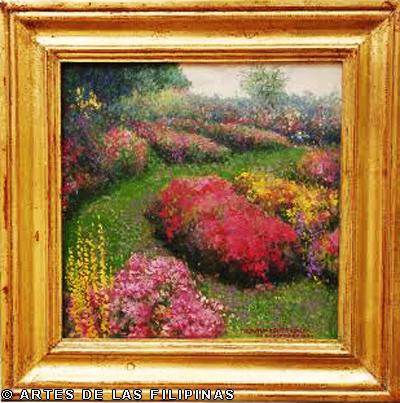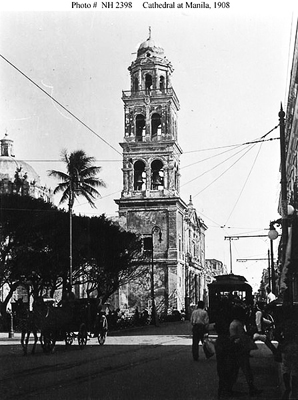
The Pahiyas festival transforms the small towns of Quezon province from ordinary to exquisite sight.
Photo courtesy of https://imagesphilippines.com (Nestor Santiago)
MAY 15 — THE PAHIYAS FESTIVAL OF LUCBAN, QUEZON
by Mailah Baldemor
The Season of Festivals is celebrated on the merry month of May. One extravagant festival that everyone is excited to see is the Pahiyas Festival in
The Pahiyas festival transforms the small towns of Quezon province from ordinary to exquisite sight. Originally a pagan harvest festival, it is now commemorated in honor of San Isidro Labrador – the patron saint of farmers, peasants, laborers used to be a farmer in Madrid. According to legend, white oxen magically plowed his fields whenever he went to church. After being colonized by

The Pahiyas Festival is celebrated in honor of San Isidro Labrador, the patron saint of farmers
Photo courtesy of https://imagesphilippines.com (Nestor Santiago)
To keep the tradition alive, people agreed to display their harvest in front of their homes where the parish priest would come to bless the harvest during the procession of the image of San Isidro Labrador, the patron saint of farmers and in honor of the festival that is being celebrated. Because of the economic situation, the town decided that every year only assigned houses around the town would participate by means of a competition, the best decorative and creative design of the Pahiyas during the festival. Houses used different fruits, vegetables, hats, baskets, paper-mache and kipings. After the competition, all the decorations will be thrown away to the people. But the important thing to prove that you have been to Lucban is seeing the colorful kipings and tasting the delicious Pancit habhab and longganisang Lucban. The pancit habhab is made from rice flour. These noodles were sold and served on a piece of banana leaf on the streets. It is eaten straight from the leaf, the habhab style. The longganisang Lucban is made of ground pork with fat, oregano extract, paprika, salt, pepper & garlic.
The houses in Lucban during the Pahiyas festival are decorated with fruits, vegetables, and kipings.
Photo courtesy of https://imagesphilippines.com (Samuel Peralta)
Kiping is leaf-shaped wafers made of rice dyed in brilliant colors. The leaves used include the kabal, kape (brown coffee tree leaf), talisay (umbrella tree), kakaw (cocoa tree), and saba (cooking banana). Rice paste is used to create the kipings. They say, the procedure in making the kiping is a secret and only the chosen ones will be entrusted to make it.
So, get your best and favorite sneakers or rubber shoes, water bottles, cameras, video camera, hats, and umbrellas. Welcome to the Pahiyas Festival!












